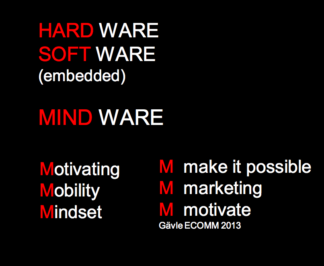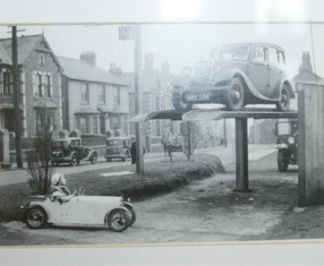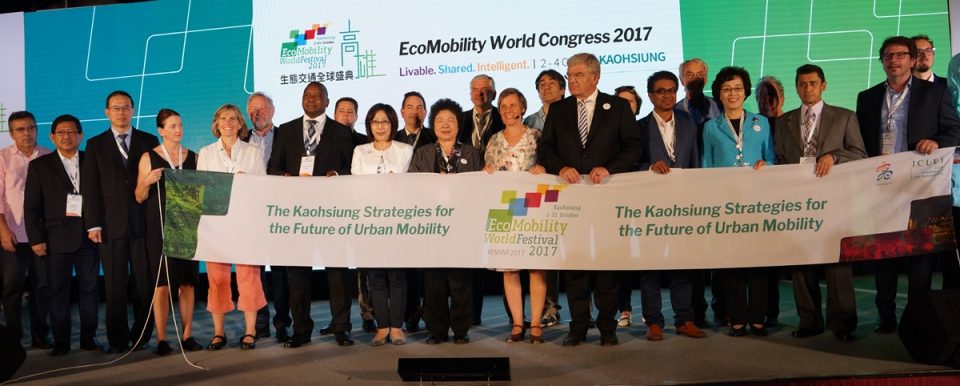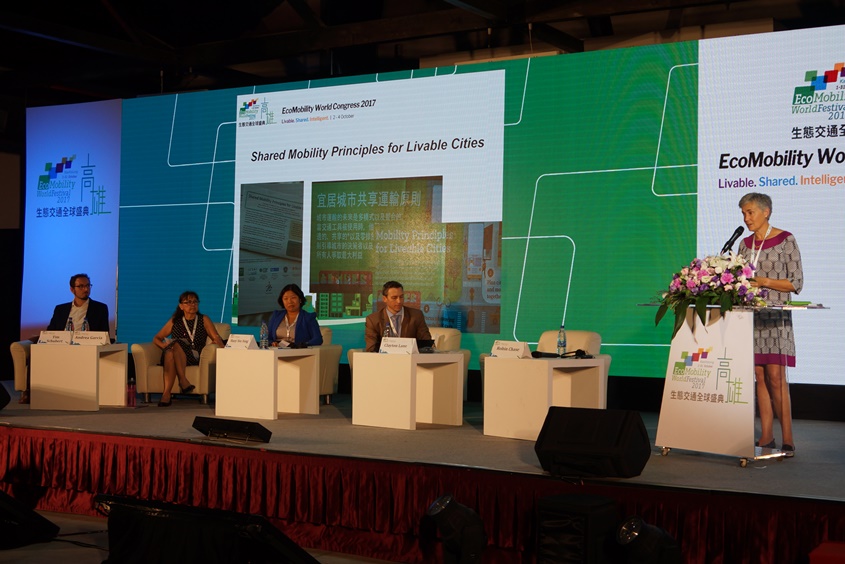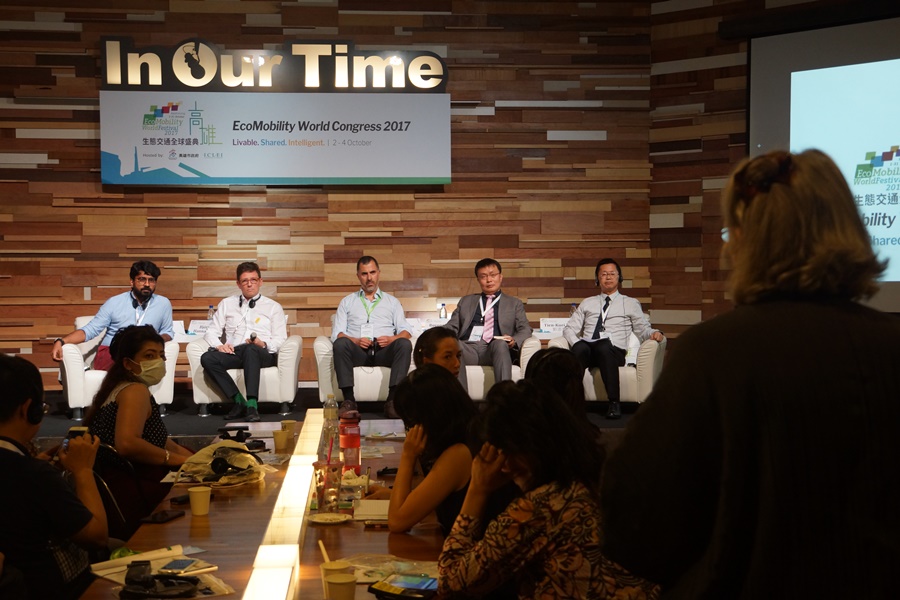“You can’t change behaviour by decree, by law. You have to involve all stakeholders. It’s about communication, leadership. In my experience in my home city, Funchal, it’s a long-term problem. You have to be prepared to not have results quickly. It can take four to five years.” (Bruno Pereira, former, Deputy Mayor of Funchal, Portugal and former chair, Political Advisory Committee, CIVITAS; interview conducted by the author).
For too many years we are preoccupied too much with hardware, quite a bit with software, not enough with ‘mind ware’, despite the explosion of social networks over the past decade. This is because ‘mind ware’ is more than just communication and attitudes; it is about changing behaviour!
And there are advocates who condemn any kind of new investment in hardware! They, like Robin Chase, a transport entrepreneur, (in her “Peers Inc: How People and Platforms Are Inventing the Collaborative Economy and Reinventing Capitalism”) propose that existent assets should be used via platforms in a shared fashion: brilliant, yet even politicians do not (quite) like it: how can they make election campaigns without promising concrete and fearing loss (transformation) of jobs?
Placing mobility mindsets at the heart of planning
The complexity of transport decisions, either for creating new infrastructure and services or for designing new strategies to optimise the existing ones, requires a new policy-making process, underpinned by a well-developed and shared understanding of mobility. The concept of Mobility Mindsets, with the human dimension at its heart, creates the best basis for developing these strategies and informing decisions about investment. However, this is not an academic or professional process (or game)! In order to get there, a real change in mindsets is needed, amongst politicians, civil servants and the many special interest groups and – especially – citizens. But the evolution of mindset rarely happens on its own accord. This is why participation processes, is one of the best methods to drive the changes, both in the planning process and encouraging residents to use more ecomobile and sustainable mobility.
To change behaviour is to induce personal sustained experience: it is neither an intellectual process, nor a quick trial situation! And this is where the EcoMobility World Festivals come in: experiencing different sets of conditions and solutions over a period of time may induce REAL CHANGE. It is not easy to overcome our social and anthropological footprint, or rather ‘wheel print’ as illustrated by the following images:


